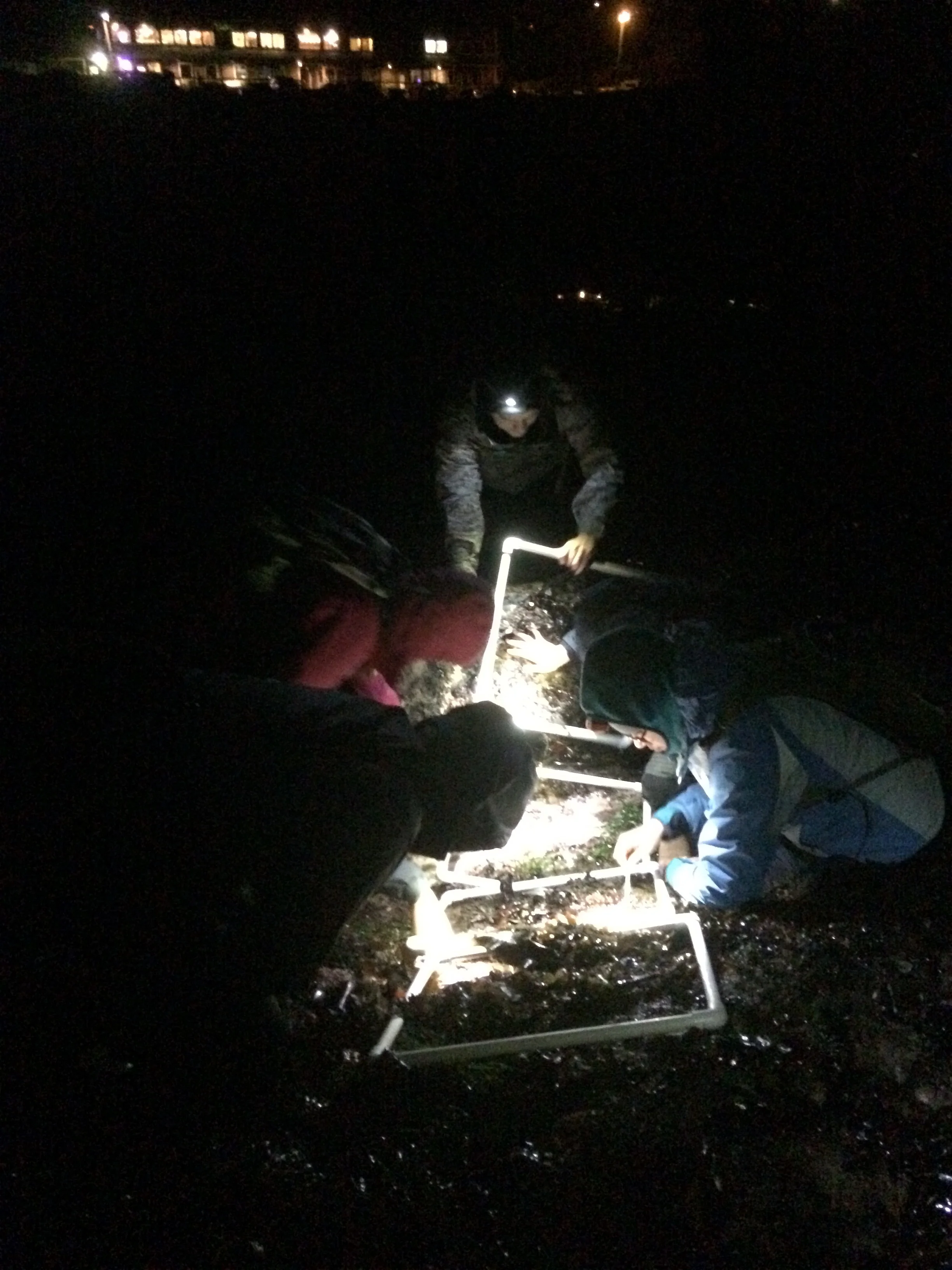After an hugely successful Spring coastal eDNA bioblitz <http://www.ucedna.com/blog/2017/5/9/coastal-caledna-bioblitz-team-dawson-labs-experience> the teams from Humboldt U, UC Davis, UC Santa Cruz, UC Merced, CalPoly + UCNRS, CSU Channel Islands, UC Los Angeles, CSU Los Angeles, & UC San Diego headed to California's shores again to repeat eDNA sampling between 30 Nov - 17 Dec.
We again sampled sites covering the latitudinal extent and biogeographic changes of California’s diverse coastal marine, estuarine, and terrestrial biota. We bumped into a SCUBA Search & Rescue team practice at Gaviota State Park, helped return a passport lost at Van Damme State Park so it’s owner could head back to Spain, and re-visited the invaluable UC Natural Reserves at Cambria <http://www.ucnrs.org/reserves/kenneth-s-norris-rancho-marino-reserve.html> and Bodega <http://www.ucnrs.org/reserves/bodega-marine-reserve.html>. At Bodega, we also spent time chatting with Jackie Sones about sea stars, recovery from wasting disease, and finding and identifying millimeter-sized new recruits along tens of kilometers of coastline. It might seem like an impossible task, but keen eyes and commitment yield amazing results … which you can see below and also read about on Jackie’s outstanding blog The Natural History of Bodega Head <http://bodegahead.blogspot.com/> see <http://bodegahead.blogspot.com/2017/12/another-little-one.html> and <http://bodegahead.blogspot.com/2017/12/little-ones.html>.
All the eDNA samples are now on the way to UCLA for analyses!
A 5 mm diameter 6-rayed sea star (Leptasterias) recruit!
Sunset at the last of our sites, Bodega Bay, for the Fall coastal eDNA Bioblitz.
What is in these waves, and from where did it come? CALeDNA sample K0307-LA-S1 will have some answers!
And even in the darkest night, the Dawson lab was recording sea star counts in the tidepools. Check out the UCCGC Ochre sea star project here <https://ucconservationgenomics.eeb.ucla.edu/projects/ochre-seastar/>



